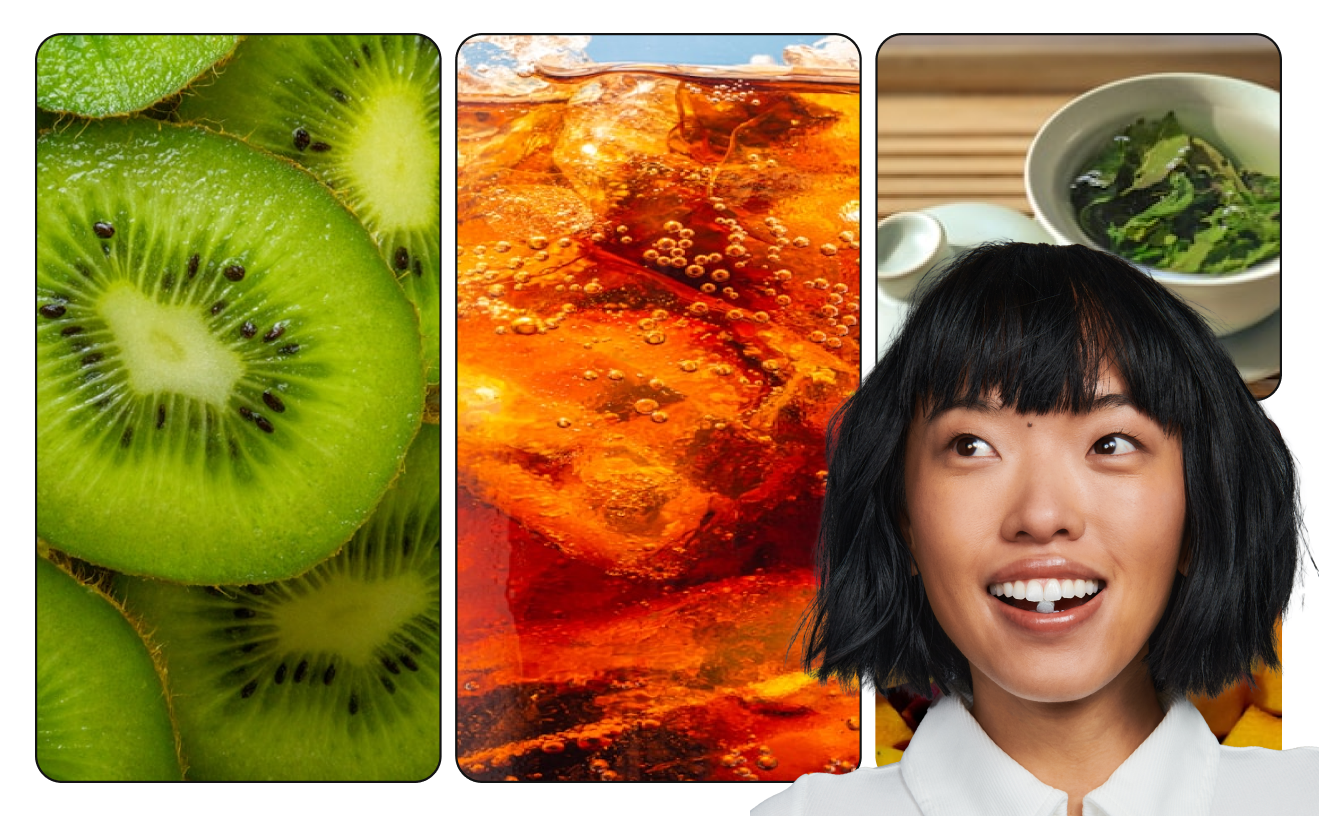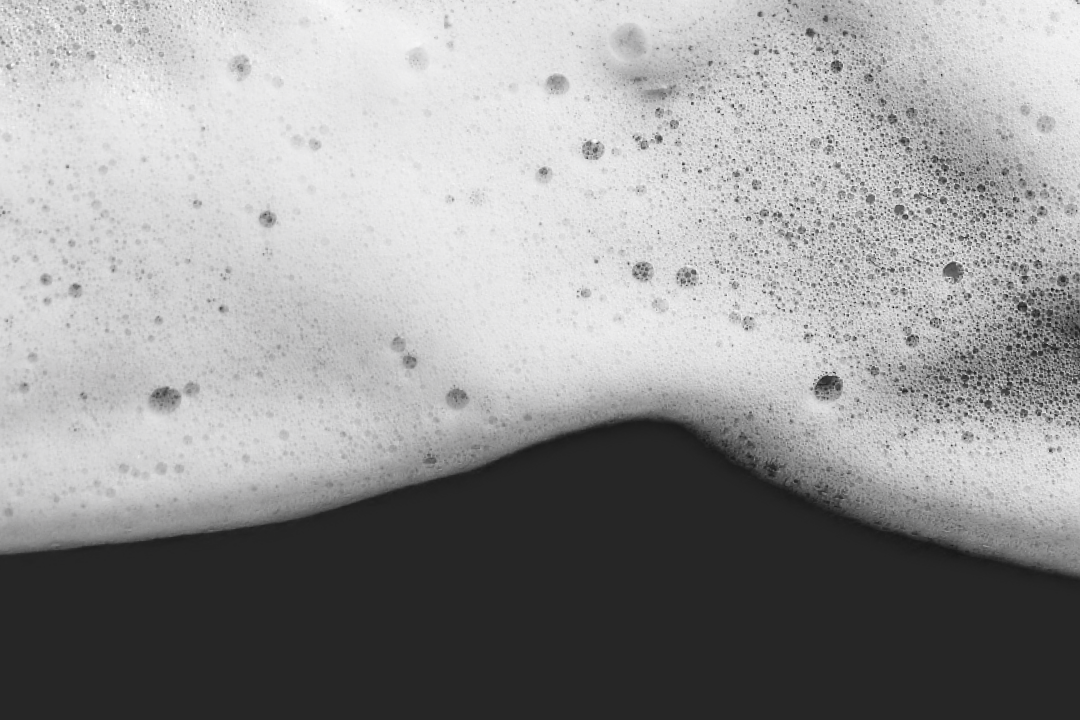Toothpaste: The Ultimate Guide
Toothpaste is an essential part of our self-care routines, but it’s not something we think too deeply about in our day-to-day lives. As long as toothpaste tastes okay, cleans our teeth adequately, and doesn’t break the bank, we’re happy.
Well, we think our standards have been a little bit too low for a while now.
Let’s take a brain dive: Have you ever thought about the type of plastic packaging toothpaste tubes are made out of and what kind of impact it has on the environment once they’re thrown out?
Most toothpaste tubes are not recyclable, and the guidelines for what is accepted at recycling centers varies region to region. It’s well known that most plastics also don’t biodegrade, and when they do finish deteriorating, the plastic breaks up and leaches toxins into the soil and groundwater.
Plastic takes centuries to decompose and negatively impacts the environment that surrounds it. Marine animals can get wrapped up in plastic and die from strangulation or ingestion. Our daily habits have serious consequences on the world around us but even small changes in our routines can make a big difference.
With Bite Toothpaste Bits, we can begin to make this change while taking better care of our dental hygiene.
Toothpaste 101
Toothpaste promotes oral hygiene and aids in removing dental plaque from your teeth. It assists in reducing cavities, tooth decay (dental caries), gum disease (gingivitis), and removing plaque buildup. It also reduces bacterial buildup in teeth while preserving overall gum health.
Additionally, some active ingredients help alleviate tooth sensitivity and reduce enamel erosion, which can unfortunately also aggravate your nerves. Some types of toothpaste contain potassium nitrate or nano hydroxyapatite in order to soothe irritated gums for this very reason.
Most types of natural toothpaste don't contain fluoride, sodium lauryl sulfate, or other artificial sweeteners. The ingredients found in these types vary greatly but often include baking soda, aloe, mint, eucalyptus oil, chamomile, coconut oil, tea tree oil, cinnamon, and other essential oils incorporated into the formula.
Most toothpaste contains similar if not the same ingredients. It’s important to understand what we’re putting in our bodies when buying toothpaste, especially for those of us with sensitive teeth. While most toothpaste products are safe to use, not all products are natural.
Some of the most common ingredients in toothpaste are the following:
- Abrasive Agents: Abrasive agents are used to remove plaque and tartar from teeth. These are what give toothpaste the ability to clean. They help to polish and lift stains from the surface of teeth.
- Surfactants: Surfactants are also referred to as foaming agents. This is what makes toothpaste foam up.
- Flavoring: Most toothpaste has some sort of flavoring that is added to it to give it a minty flavoring. Flavoring is usually added to combat the taste of the detergents added in toothpaste.
- Humectants: This is what helps to maintain the paste-like form that toothpaste usually comes in. Humectants retain water so that the solid and liquid components do not separate. Xylitol is a humectant that Bite uses to hold the Bits together so they don’t crumble or melt.
- Thickening Agents or Binders: These stabilize the products, and in Bite’s toothpaste, we use guar gum, a natural binder, to help keep the Bits together.
Fluoride vs. Fluoride-Free: What’s the Difference?
Fluoride is a mineral found in our bones and teeth, as well as in water, plants, soil, and food. Because it remineralizes the tooth’s surface, fluoride can help strengthen tooth enamel and protect against future cavities. It's important to get the daily amount of necessary fluoride to keep our teeth strong but when consumed in larger quantities, it can be dangerous to our health. Too much fluoride in someone’s diet can cause streaks and spots to appear on the surface of the teeth.
Fluoride-free toothpaste can still help remineralize enamel, strengthening teeth to help protect against cavities. NHAp (nano-hydroxyapatite) is a non-toxic alternative to fluoride that's been shown to remineralize and protect enamel and reduce cavities.
While xylitol and erythritol are beneficial to oral health, nHAP is the only ingredient proven to be effective outside of fluoride.
Why Are There So Many Types of Toothpaste?
It’s a great question, with a few different answers. Toothpaste brands know that there are specific benefits people look for in their toothpaste. Most multi-benefit natural toothpastes offer whitening, cavity protection, fresh breath, and more.
Some toothpaste will appeal to certain people, while others will be looking for something else. Some want extra enamel strengthening toothpaste, while others want cavity prevention and teeth whitening toothpaste.
Toothpaste companies will add or take away certain ingredients in order to fit a different dental hygiene need. A consumer is bound to find a brand touting exactly what they need when they walk down the toothpaste aisle.
But that begs the question: Is the toothpaste we’re buying actually doing what we want it to do? It’s also important to think about how we can do more for self-care routines by choosing a sustainable and natural toothpaste.
Have You Thought About the Environment?
Most of the toothpaste in the supermarket comes in a squeezable plastic tube. Although they’re convenient, toothpaste tubes are typically made of mixed materials plastic, meaning most can’t be recycled in a curbside recycling bin. Plastic is harmful to natural environments and is bound to be added to an ever-growing waste pile once discarded.
Bite’s Toothpaste doesn’t come in a plastic container. In fact, we avoid plastic altogether. Bite is 100% plastic-free because it comes in a glass jar and aluminum lid with compostable refill pouches. We are committed to providing you with recyclable and sustainable products. Our product packaging is easy to recycle and is meant to be kept and refilled with our products, delivered in compostable pouches.
When you refill your Bite Toothpaste Bits, we send you a compostable pouch with the new tablets so you don’t have to keep buying a new jar. Sometimes, less is more.
Bite’s Toothpaste Bits
Bite Toothpaste Bits are 100% vegan, free of palm oil, fluoride-free, and gluten-free, meaning that they are great for people who want a clean, natural toothpaste that promotes sustainability.
The ingredients in Bite Toothpaste Bits are:
- Hydroxyapatite (nano): This helps to fight sensitivity and remineralizes enamel.
- Erythritol: It's a sugar alcohol that people use as a sugar substitute. It helps to make food a bit sweeter.
- Xylitol: Xylitol is a naturally occurring alcohol used to prevent cavity-causing bacteria.
- Calcium Carbonate: This is a mild abrasive that helps clean teeth and treats calcium deficiencies.
- Sodium Bicarbonate: Sodium bicarbonate balances the PH levels within the mouth.
- Guar Gum: This keeps the Bits together so they don’t melt or break down.
- Sodium Cocoyl Glutamate: This is what makes our toothpaste foam up while brushing.
- Zinc Citrate: This freshens the breath and reduces odor.
- Silicon Dioxide: This is a more abrasive chemical used to remove stains on the surface of your teeth.
- Natural Flavoring: Instead of synthetic flavorings, we use natural flavorings like peppermint to add a refreshing touch.
While there are abrasives and alcohols that exist in our ingredients, it’s important to note that we only use natural ingredients that come from renewable resources.
Final Thoughts
Toothpaste is just a small part of our everyday lives, but that doesn’t mean we have to settle for a product that doesn’t contribute to a sustainable lifestyle.
Bite digs deep and challenges regular toothpaste by providing products that promote a sustainable, healthy, and unique lifestyle that helps protect the environment.
For the best toothpaste for overall dental health and our planet, consider Bite.
Sources:
Toothpastes - Oral Health Topics | American Dental Association
The Effect of Xylitol on Dental Caries and Oral Flora | NCBI


